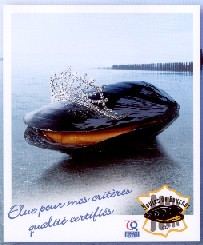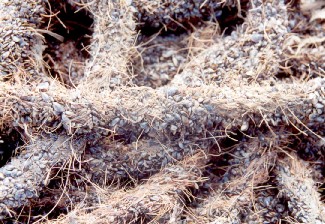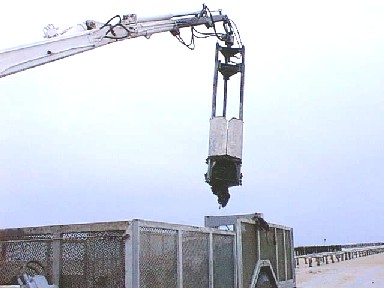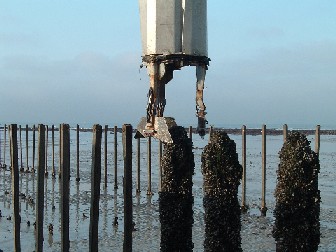
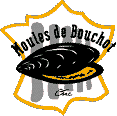
There are many different stories about the origin of mussel beds. It was probably by chance as is often the case.
An Irish sailor named Patrick Walton ran aground on a French coast and was in search of food. He hung a fishing net between two poles hoping to catch some sea-birds to eat them and he soon realized that baby mussels started to settle on the lower part of the poles and developed tide after tide. Mussel beds were born. The word “bouchot” in French is the contraction of two gaelic words “bout” meaning fence and “choat or chot” meaning wood, a wooden fence.
